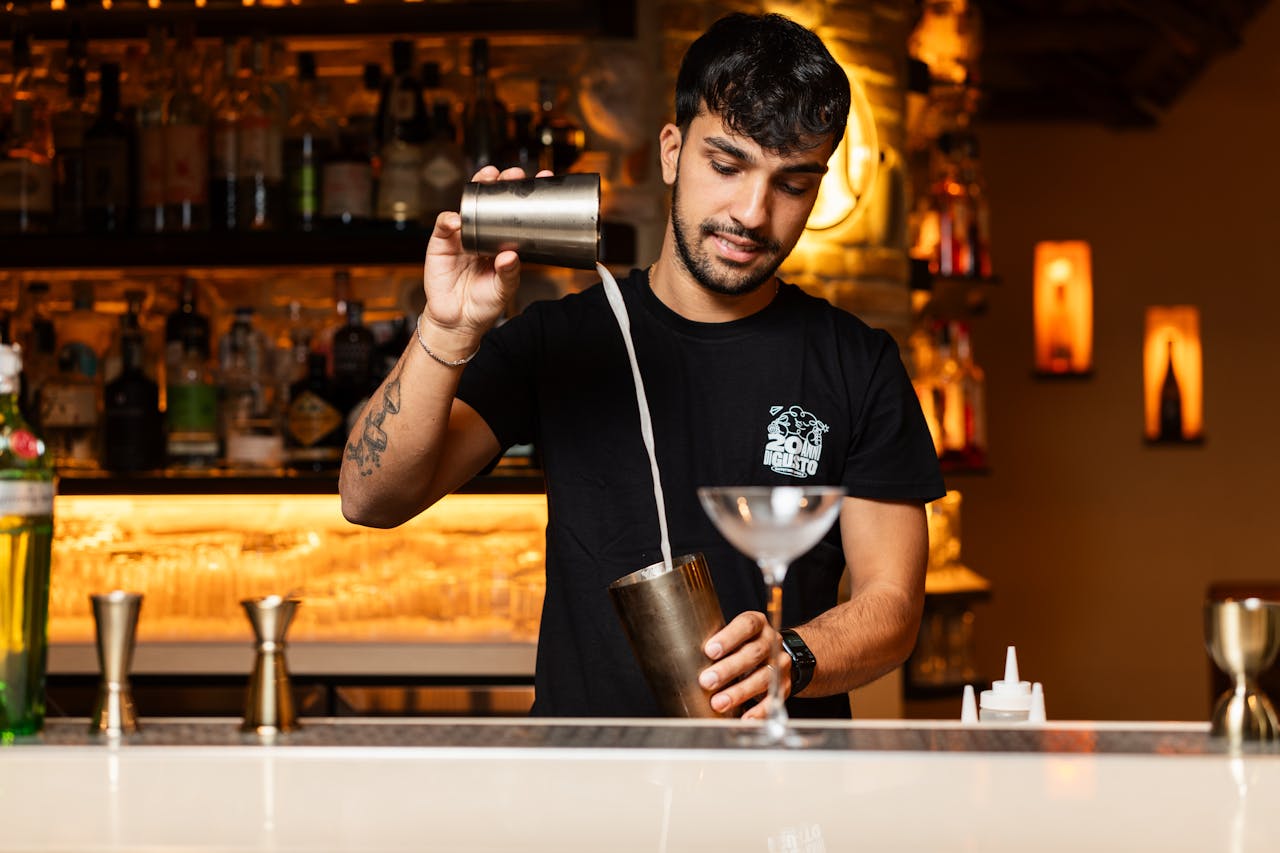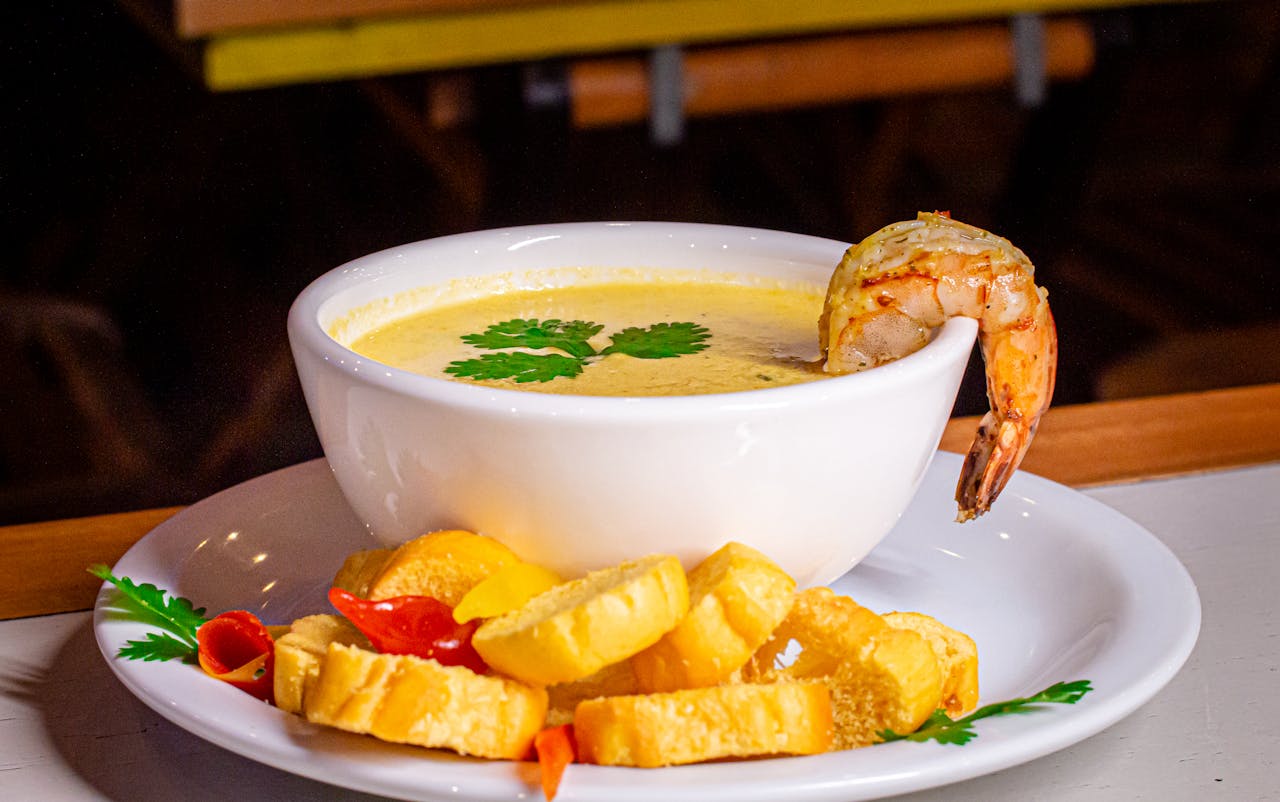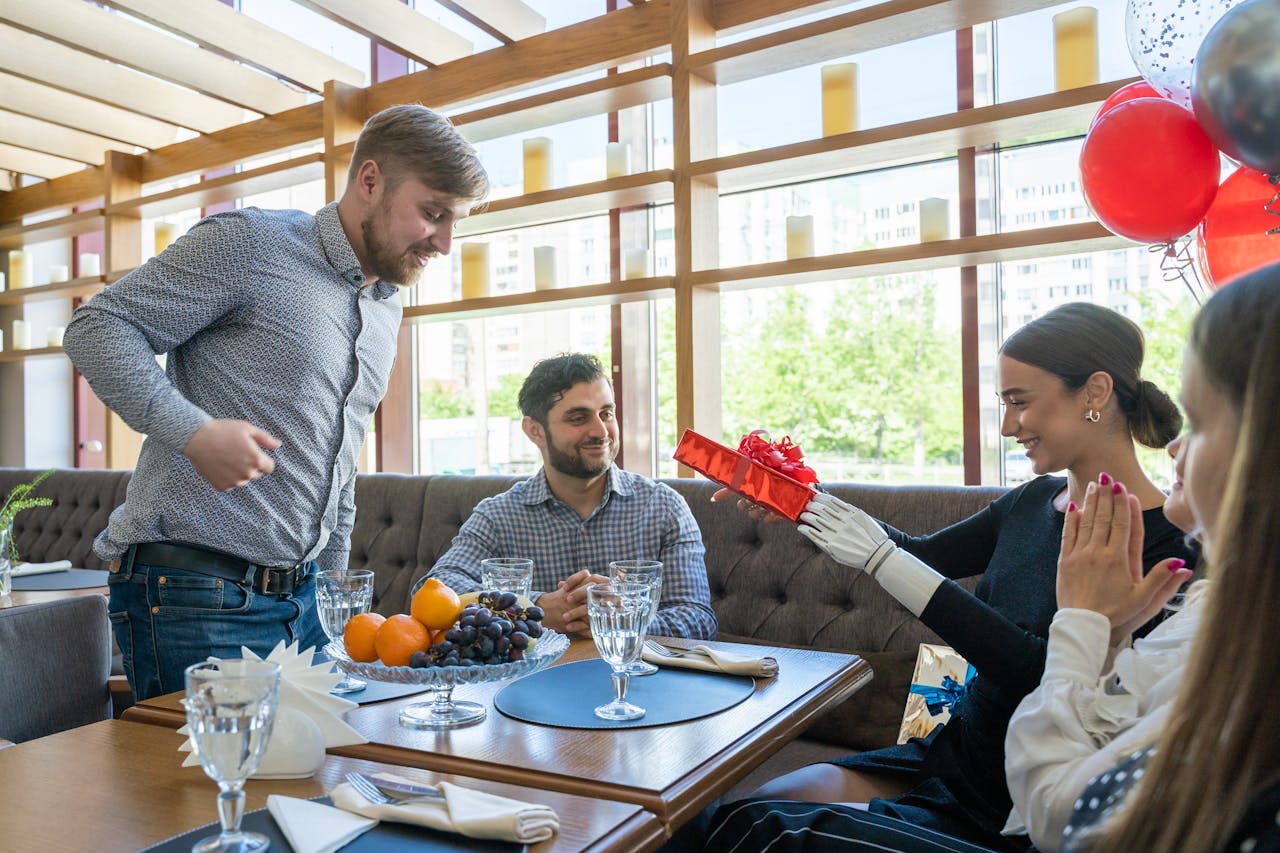Mastering Multi-Channel Marketing for Food Businesses
Master multi-channel marketing for your food business with expert insights on leveraging restaurant social media, email campaigns, SMS promotions, and digital marketing. Learn how to engage customers, boost loyalty, and drive sales with a unified, data-driven strategy.

Standing out in the competitive food industry requires more than just great food, it’s about building seamless, engaging connections with your customers across multiple channels. A single-channel marketing approach is no longer sufficient to capture attention in today’s fast-paced, digital-first world. Enter multi-channel marketing, a strategy that brings together restaurant social media, email campaigns, SMS promotions, and digital marketing to create a cohesive customer experience and generate real business growth.
This guide will show you how food businesses can leverage multi-channel marketing strategies effectively to boost brand awareness, increase customer loyalty, and drive sales. With actionable tips, strategies, and examples, this ultimate resource will equip you to thrive in an increasingly competitive and digitized market.
What is Multi-Channel Marketing?
Definition and Importance
Multi-channel marketing is a strategy that uses several communication platforms to engage customers. These platforms may include social media, email, SMS, and digital ads, allowing businesses to reach their audience wherever they are. For food businesses, this approach is invaluable. It allows for consistent branding, targeted promotions, and meaningful engagement at multiple customer touchpoints.
Why does this matter? Because today’s customers expect convenience. Imagine a diner who discovers your restaurant on Instagram, signs up for your loyalty program via email, and later receives a text about a seasonal promotion. Each of these touchpoints reinforces your brand and makes it easier for the consumer to take action. Businesses that understand the importance of connecting these dots will thrive in the competitive restaurant landscape.
Data backs this up: research by HubSpot shows that businesses using multi-channel marketing experience a 24% higher engagement rate. For restaurants, this could mean more diners walking through the door, greater delivery sales, and improved word-of-mouth marketing.
Key Channels for Multi-Channel Marketing in the Food Industry
Restaurant Social Media
When it comes to marketing for food businesses, social media reigns supreme. Platforms like Instagram, TikTok, and Facebook are perfect for showcasing your food’s visual appeal and captivating your audience with mouthwatering imagery or entertaining videos. A well-executed restaurant social media strategy enables you to connect directly with customers while building your brand’s personality.
Take TikTok, for example. With its focus on short-form, engaging content, many restaurants have gained loyal followings by participating in viral challenges or collaborating with food influencers. Similarly, Instagram’s emphasis on visually stunning content is an ideal match for food businesses. Sharing high-quality photos of dishes, behind-the-scenes videos of chefs in action, or hosting interactive stories like polls can drive visibility and attract potential diners.
Consistency is key across your profiles. Use a unified color palette, tone, and branding to create a cohesive presence. Leverage location tags and geo-targeted ads to reach your local audience effectively. And don’t underestimate the power of user-generated content—sharing a customer’s post is free marketing and builds trust.
WhatsApp Marketing
WhatsApp is changing how restaurants and food businesses connect with customers. It is fast, familiar, instant, and used by millions of people. Restaurants and cafes can send a daily special, confirm a reservation, or give a delivery update with just a quick message to the customer’s phone.
Using WhatsApp marketing tools like Getgabs, Brevo, GetItSMS, or Gupshup, businesses can send targeted and personalized offers such as “Today’s chef special—20% off, order now!” that drive quick responses. With over 98% open rates, WhatsApp ensures that your message will be read.
Include WhatsApp marketing with your email distribution or social media services to optimize the multichannel experience successfully. When done right, WhatsApp is far more than just pushing deals. It helps facilitate an authentic and long-lasting relationship with your food business customer and diner.
Email Campaigns
Despite the modern rise of social platforms, email campaigns remain an essential tool in the multi-channel marketing toolbox. With an average ROI of 36:1, email is one of the most cost-effective ways to nurture relationships with your audience. Through email, restaurants can send direct, personalized messages to their customers, whether it’s a reminder about reservations or an exclusive invitation to try a new dish.
For example, a pizzeria can send targeted campaigns highlighting local events, loyalty program updates, or offers like “Free Garlic Bread with Your Next Order.” By segmenting your email list, you can tailor your messages to specific customer groups—frequent diners, first-time visitors, or those who haven’t stopped by in a while. Personalized subject lines like “Your Favorite Margherita Pizza, Delivered Tonight” can boost open rates significantly.
Automation tools like Mailchimp allow you to create efficient workflows, so you can send automated birthday emails or post-visit feedback forms. Done right, email marketing can drive repeat business and improve customer retention.
SMS Promotions
When it comes to immediacy, SMS promotions outperform most other channels, with open rates as high as 98%. Restaurants can use this platform to send time-sensitive offers, flash sales, or order status updates. The power of SMS lies in its directness—reaching customers instantly on their mobile phones.
Consider sending text messages like “Feeling Hungry? Show this text for 10% off lunch today!” or “Live Jazz Tonight! Reserve your table now for a special evening.” SMS can be paired with restaurant social media and email campaigns to create a synergized marketing effort.
However, compliance is critical. Make sure customers opt-in to receive text messages to stay GDPR-compliant and prioritize personalized, value-driven messaging. The goal is to make each text feel like a VIP exclusive offer, not a spammy broadcast.
Digital Marketing
An optimized digital marketing strategy is the backbone of every successful marketing effort. For food businesses, this includes maintaining a stellar website, leveraging SEO, and using digital ads to broaden visibility.
Your website functions as the hub of your brand—you need it to be mobile-friendly, easy-to-navigate, and rich with essential information like menus, online ordering links, and business hours. Add a blog to boost your website’s ranking by targeting local SEO keywords like “Best sushi near me” or “Vegan-friendly cafes in Lyon.”
Paid ads, such as Google Ads and Facebook Ads, can then drive traffic to your website. For instance, a local cafe can set up geo-targeted Google Ads to attract nearby coffee lovers searching for “artisan coffee shops.” Optimize all ads with strong calls-to-action, like “Order Online Now” or “Book a Table Today.”
By combining a robust SEO strategy with paid campaigns, your digital marketing efforts can attract and convert customers at every stage of their dining journey.
Crafting a Unified Multi-Channel Strategy
Integrating Channels for Consistency
The beauty of multi-channel marketing lies in its ability to connect the dots between platforms. When done right, customers should experience a seamless journey—from seeing an Instagram post to clicking a link to book a reservation.
For example, if you’re promoting a Valentine’s Day dinner event, your channels should work together: share teaser images on restaurant social media, send an email campaign with exclusive booking links, and follow up with SMS promotions to remind subscribers about the event. Marketing tools like HubSpot or Hootsuite can help streamline your efforts across channels.
Tracking Performance and Optimizing
Integrating multiple channels is only half the battle—you also need to measure success. Tools like Google Analytics can provide insights into traffic sources and online orders, while email platforms like Campaign Monitor offer detailed metrics on open and click-through rates. Social media insights allow you to monitor engagement levels, and SMS platforms track message delivery and response rates.
By analyzing the data, you’ll discover which channels are driving the most engagement and adjust your strategy accordingly. Multi-channel success requires constant testing, learning, and iteration.
Real-Life Success Stories
Boosting Reservations with Social Media and SMS
A small Italian restaurant in Bordeaux saw a 35% increase in weekend reservations by combining Instagram ads with SMS reminders. Their stunning Instagram photos drove traffic to their booking page, and customers received confirmation texts with special dessert offers for dining in.
Increasing Online Orders Through Google Ads and Emails
A sushi delivery brand targeted nearby customers using Google Ads paired with personalized email campaigns. By offering a 20% discount for first-time orders in the email, they increased delivery sales by 25% during weekdays.
Elevate Your Food Business with Multi-Channel Marketing
Mastering multi-channel marketing is no longer optional for food businesses—it’s essential. By integrating restaurant social media, email campaigns, SMS promotions, and digital marketing, you can create consistent, memorable experiences that attract new diners and foster customer loyalty.
Start your journey today. Choose two or three platforms to focus on first, track your success, and gradually expand. With the right strategy, you can elevate your food business to new heights in an increasingly competitive landscape.







